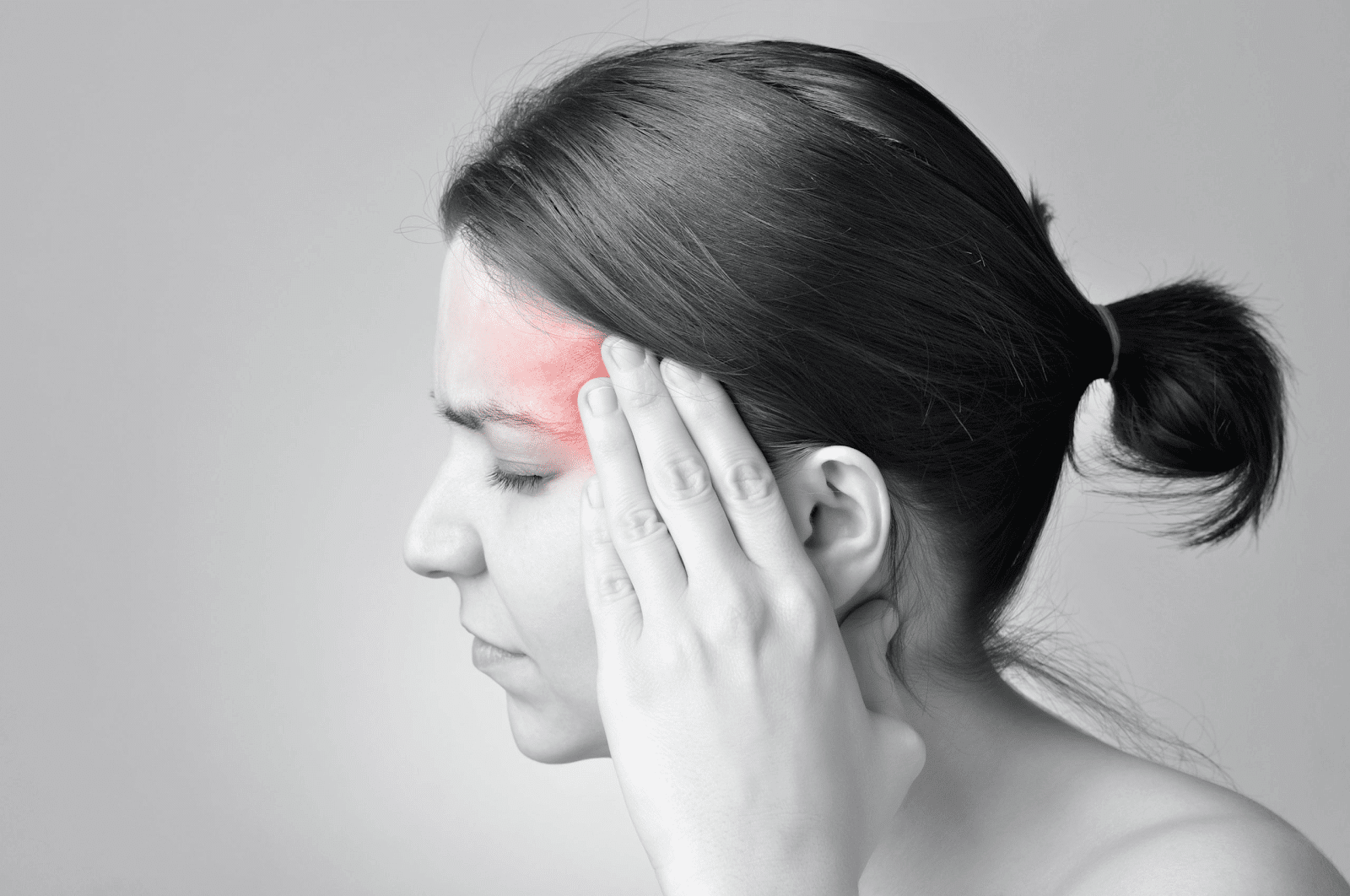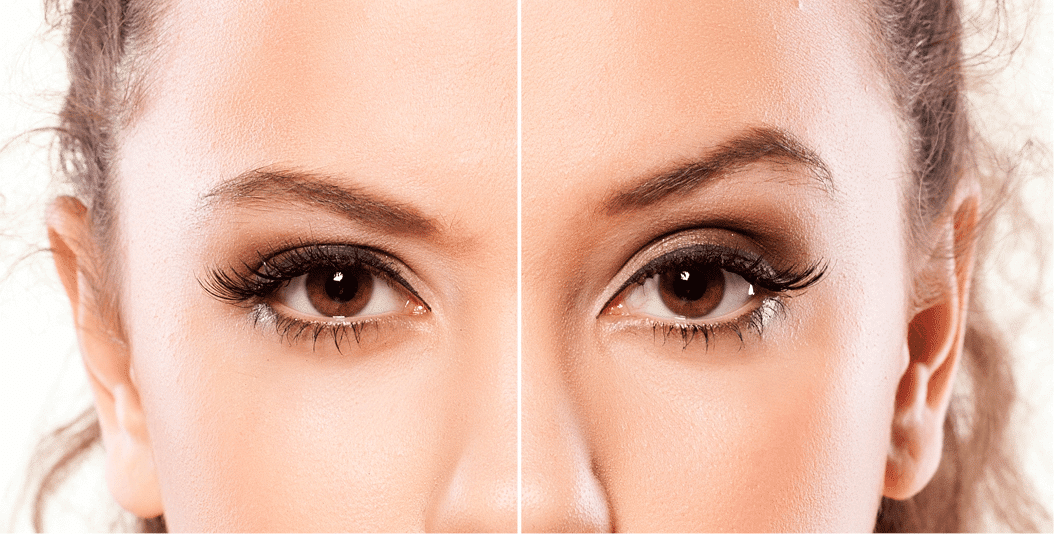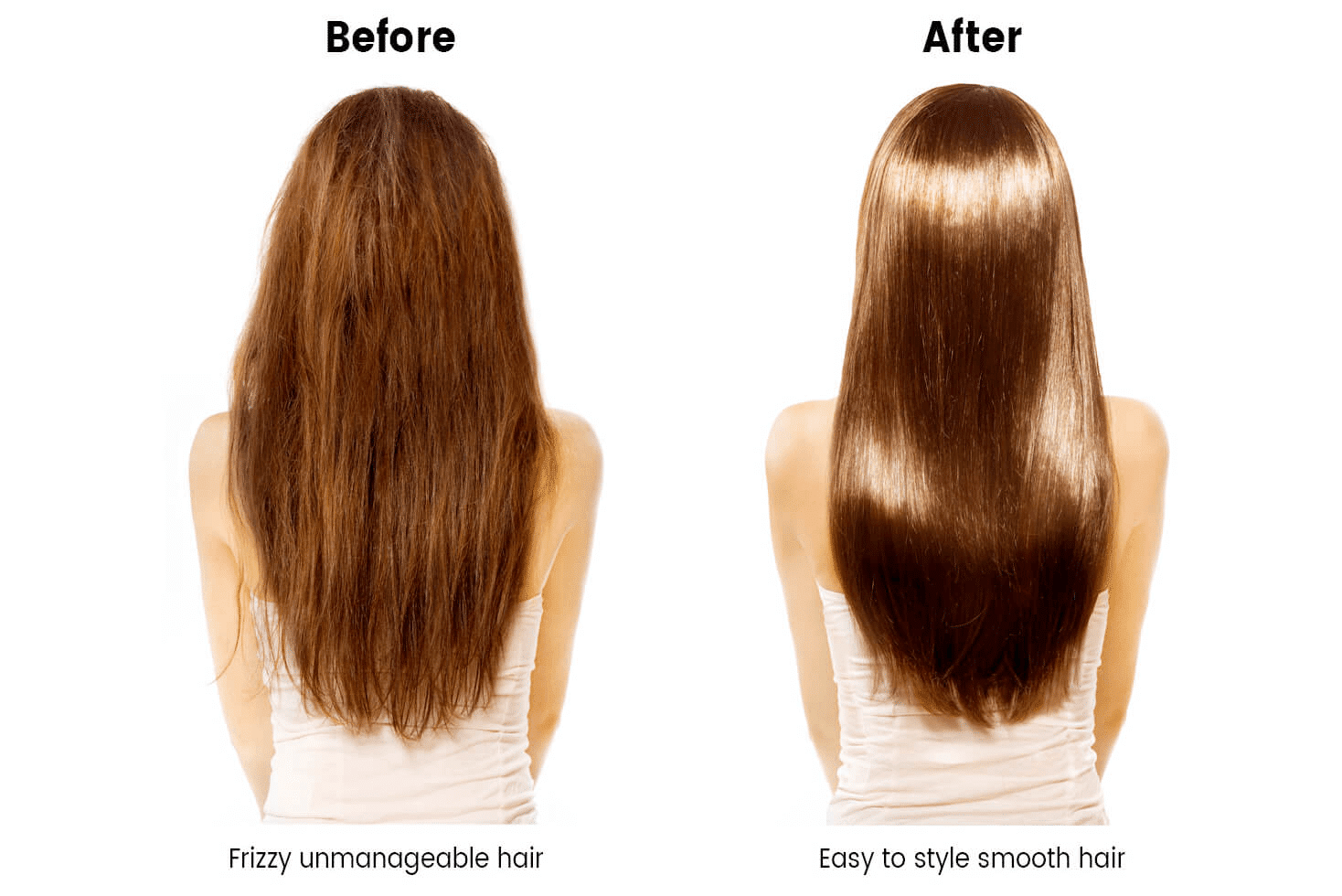When you think of Botox, its medicinal uses probably don’t come to mind. You may think of a movie star or rock n’ roll artist — let’s face it, besides losing wrinkles, a lot of the benefits of botox aren’t talked about.
In this post, we will discuss the various cosmetic and health issues that Botox is able to treat:
- Botox for migraines
- Botox for brow lifts
- Botox for hair
- Botox for TMJ
What is Botox?
Botox is a drug scientifically known as Botulinum Toxin type A — don’t let the word toxin scare you. Yes, botox is the same toxin that causes a type of food poisoning called botulism. Despite this, doctors know that using the toxin in small doses is completely safe and can improve appearance and health.
Botox is injected into the muscles, causing them to weaken or become paralyzed due to nerve blockage. Normally, these effects last about three to 12 months.
Although Botox is commonly used for smoothing facial wrinkles, it can also help with several other medical and dental issues, which we will be discussing.
Are There Any Side Effects?
It is almost universally accepted that botox injections are safe, but there is still a possibility for side effects.

Although rare, the most common side effects are:
- Pain, swelling, or slight bruising at the injection site
- Headache
- Upset stomach
- Temporarily drooping eyelids
You should avoid trying botox if you are pregnant or breastfeeding.
Botox for Migraines
Defining a Migraine
Migraines are recurring headaches that are usually accompanied by nausea, vomiting, sensitivity to sound or light, and throbbing on one side of the head.
Scientists are unsure of what exactly causes a migraine, but most believe it can be triggered by abnormal brain activity. Migraines begin in the brain and involve nerve pathways and chemicals. These changes affect blood flow in the brain and its tissue — creating a throbbing headache.

How Can Botox Help?
In 2010, Botox was approved by the FDA as a way of treating chronic migraines. Chronic migraine is defined as having a headache more than 15 days a month — the more frequent the migraine, the better success patients seem to have with botox injections
In order to prevent migraines with botox, it must be injected around pain fibers that are activated during headaches. Botox then enters the nerve endings at the injection site, blocking the release of pain transmission chemicals.
According to headache specialist Dr. Andrew Blumenfield, it may take a couple of treatments to get desired results — patients report after two botox treatments, their migraines were reduced by 50%.
Botox for Brow Lifts
What is a Botox Brow Lift?
As we age, our brow line typically sinks. A botox brow lift is a cosmetic procedure that reverses this effect. Eyebrows are essential to facial expressions — when our brow line lowers, we may appear angry, sad, or tired. A brow lift restores that sagging brow and the frown lines between them, creating a more youthful and energetic appearance.
A botox brow lift is different from a traditional brow lift because it is a non-surgical process. In a traditional brow lift, the skin is surgically removed in order to tighten it — a long term option, but much more time-consuming.
The Procedure
The process of getting a botox brow lift is fairly short — it’s likely you’ll be out of the office within 30 minutes. Botox is injected into the underlying brow muscles, relaxing them and smoothing the skin. This allows for the forehead muscles to lift the paralyzed muscles at the injection site, creating a raised brow and smoothing the surrounding eye area.

The American Academy of Dermatology says that botox brow lifts last three to four months on average, but some patients report it lasting half a year. Botox brow lifts are only done on those 18 and older, and they should not be used on women who are pregnant or breastfeeding.
Botox for Hair
Who Uses Hair Botox?
You may want to look into hair botox if you have any of the following characteristics/symptoms:
- Brittle hair
- Color or heat damaged Hair
- Dry hair
- Excessive sweating
- Split ends
Is it Actually Botox?
A common misconception, most hair botox treatments actually do not contain the Botulinum toxin. Rather, they are named after the botox-like procedure and results. Other forms of hair botox involve injecting the toxin into the scalp, much like other botox procedures.
Hair botox that uses a deep conditioning treatment coats hair fibers with a filler like Keratin (a protein that strengthens hair and nails). This conditioning treatment fills broken and thin areas on individual hair strands in order to make the patient’s hair appear thicker and healthier.

On the other hand, botox that is injected into the scalp tends to reduce sweating by stunting the work of the eccrine or sweat glands. This results in less frizz and greasiness within the hair.
Most stylists recommend treating the hair with botox conditioners or injections three to four times a year for lasting results.
Botox for TMJ Disorder
What is TMJ?
The TMJ or Temporomandibular Joint connects your jawbone to your skull and is responsible for opening and closing your mouth. There is a TMJ on each side of the jaw, which acts like a sliding hinge opening a door.
TMJ disorders are fairly common and can cause pain in the jaw and its surrounding muscles. They may be caused by genetics, arthritis, a previous injury, or even grinding your teeth. For the most part, this pain can be relieved through self-applied or nonsurgical treatments — such as botox.
Botox Treatment for TMJ
Botox for TMJ is considered an experimental procedure and should be used in extreme cases. However, it is similar to the previous nonsurgical treatments we have discussed.

Botox is injected into the patient’s forehead, temple, and jaw muscles. This numbs the nerves and muscles, thus numbing the pain receivers. Many who have undergone TMJ botox report seeing results within a couple of days. Commonly, someone using TMJ botox treatment will have at least three injections over the series of a few months to maintain steady results.
If you’re looking to boost self-confidence, botox is a good step forward — but the same goes for treating hair damage, migraines, wrinkles, TMJ disorders, and other health issues. Botox is a simple half-hour procedure that allows patients to go back to work the very next day. Compared to cosmetic surgery, the recovery is much easier and the results are just as good — only more temporary.
Ask your doctor or dentist if Botox is the right treatment for you!

